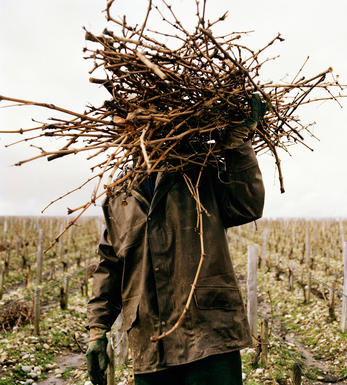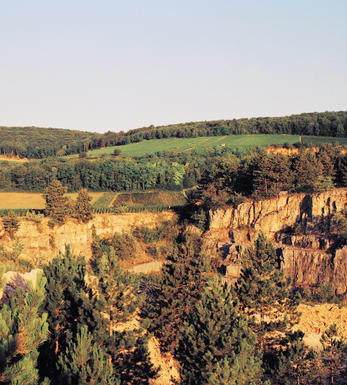
2009 Corton, Cuvée Charlotte Dumay, Grand Cru, Benjamin Leroux, Hospices de Beaune, Burgundy

About this WINE

Hospices de Beaune
In 1443 Nicolas Rolin, Chancellor the Duchy of Burgundy began construction of the Hôtel-Dieu in Beaune, site of what was to become a charitable hospital now known as the Hospices de Beaune. Such charitable organisations need endowments to support them and across the years many donors bequeathed vineyards to the Hospices.
In 1859 for the first time the wines of the new vintage from these holdings were sold at auction. Now the hospices de Beaune wine auction is held on the 3rd Sunday in November every year, acting as major moment of Burgundian pageantry and the focal point for launching the new vintage. The Hôtel-Dieu only ceased to function as a working hospital in 1952, while the wines continued to be made and raised on site until the building of a new cuverie on the edge of the town in 1994.
In 2005 the bold move was taken to replace the local auctioneer with Christie’s , led by Burgundy wine expert Anthony Hanson MW. Barrels can be now purchased rather than multiple lots.
The cuvees take their names either from the benefactors, or from famous figures in the history of the Hospices over the last five centuries and more.
Jasper Morris MW, Burgundy Wine Director and author of the award-winning Inside Burgundy comprehensive handbook.

Aloxe Corton
These two Grand Cru vineyards, Corton and Corton-Charlemagne, lie astride three villages at the northern end of the Côte de Beaune: Ladoix, Aloxe-Corton and Pernand-Vergelesses. The main body of the hill of Corton faces due south, with an extended flank exposed to the east, and another facing westwards. The white wines mostly come from west and south-west expositions, along with a narrow band around the top of the hill.
The Emperor Charlemagne owned vines here in the eighth century, and legend has it that his wife insisted he planted white grapes so as not to spill red wine down his beard and clothes. Corton-Charlemagne is always white and there is also a theoretical Grand Cru appellation called, simply, Charlemagne, which is never used. Corton is almost entirely red but there are a few white wines too.Ladoix is a rarely-seen appellation, as most wine here are sold as Côte de Beaune Villages. Aloxe-Corton is better-known, but as with Ladoix the best vineyards have been designated as Corton and Corton-Charlemagne.
There are also 25 lieux-dits that may be used on wine labels, together with Corton: Les Bressandes, Les Chaumes, Clos des Meix, Clos du Roi, Les Combes, Le Corton, Les Fiètres, Les Grèves, Les Manguettes, Les Maréchaudes, Le Meix Lallemand, Les Paulands, Les Perrières, Les Pougets (Pougeots), Les Renardes, La Vigne au Saint, Les Basses Mourottes, Les Carrières, Clos des Cortons Faiveley, Les Grandes Lolières, Le Rognet et Corton, La Toppe au Vert and Les Vergennes.
- 90 hectares of village Aloxe-Corton
- 38 hectares of Premier Cru Aloxe-Corton
- 118 hectares of village Ladoix
- 14 hectares of Premier Cru Ladoix
- 72 hectares of Corton-Charlemagne. The finest from En Charlemagne (Pernand) and Le Charlemagne (Aloxe)
- 160 hectares of Corton. The best from Clos du Roi, Bressandes, Pougets

Pinot Noir
Pinot Noir is probably the most frustrating, and at times infuriating, wine grape in the world. However when it is successful, it can produce some of the most sublime wines known to man. This thin-skinned grape which grows in small, tight bunches performs well on well-drained, deepish limestone based subsoils as are found on Burgundy's Côte d'Or.
Pinot Noir is more susceptible than other varieties to over cropping - concentration and varietal character disappear rapidly if yields are excessive and yields as little as 25hl/ha are the norm for some climats of the Côte d`Or.
Because of the thinness of the skins, Pinot Noir wines are lighter in colour, body and tannins. However the best wines have grip, complexity and an intensity of fruit seldom found in wine from other grapes. Young Pinot Noir can smell almost sweet, redolent with freshly crushed raspberries, cherries and redcurrants. When mature, the best wines develop a sensuous, silky mouth feel with the fruit flavours deepening and gamey "sous-bois" nuances emerging.
The best examples are still found in Burgundy, although Pinot Noir`s key role in Champagne should not be forgotten. It is grown throughout the world with notable success in the Carneros and Russian River Valley districts of California, and the Martinborough and Central Otago regions of New Zealand.


Buying options
Add to wishlist
Description
We were very pleased to secure a barrel of Corton at this price as it is an outstanding wine from Les Renardes and les Bressandes. The fruit absolutely fills the mouth, in sumptuous fashion, while the ripe tannins hold it all together. This is a wine built for the long term.
wine at a glance
Delivery and quality guarantee